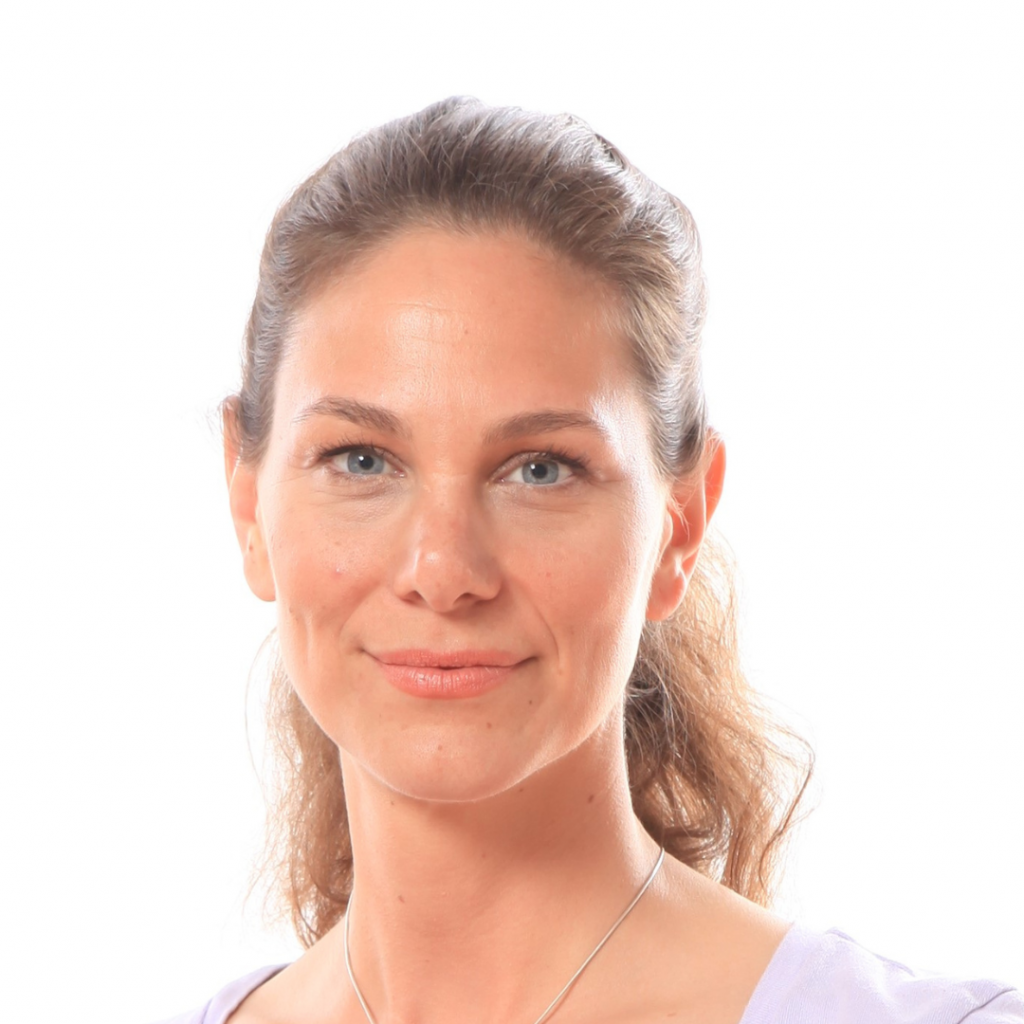Healthy Fascia Takeaways
By Dana Bregman How to keep our fascia in optimal condition. The fascia is a scaffolding that holds our skeleton and organs in place, as well as being a multi-dimensional system that allows our life force energy to flow through it, our cells to be nourished and our body to have the capacity to heal…
Monthly Members’ Webinar – Fascia-Focused Movement Practices for Long Covid
Monthly Member Webinar with Elizabeth Larkham Practical details Date: Thursday 26th January Time: 19.00 – 20.00 UK time. Check your timezone here Presenters: Elizabeth Larkham Title: Fascia-Focused Movement Practices for Long Covid The webinar will be uploaded to the Members’ Area within 72 hours of the event for free access by our members. Webinar Summary:…
Monthly Members’ Webinar – Presenting Paradigm shifts
Monthly Member Webinar with Rachel Tudor and Sarah Hartman Practical details Date: Thursday 16th February Time: 19.00 – 20.00 UK time. Check your timezone here Presenters: Rachel Tudor and Sarah Hartman Title: Presenting Paradigm shifts The webinar will be uploaded to the Members’ Area within 72 hours of the event for free access by our…
Breath, Health and Mindfulness: the Holy Trinity of Wellbeing
by Christine Wushke Practices that ground us into the present moment are crucial. It’s in our moment-by-moment attending to the present that we can reconnect with ourselves and the natural world. This is the state of being where it’s easiest to drop into harmony with the earth, our bodies, and perhaps to a source of…
Why is biotensegrity a better explanation of our movement than traditional biomechanics?
by Jan Trewartha “The commonly accepted ‘tower of blocks’ model for vertebrate spine mechanics is only useful when modeling a perfectly balanced, upright, immobile spine. Using that model, in any other position than perfectly upright, the forces generated will tear muscle, crush bone and exhaust energy……..” Stephen Levin[1] In her book Yoga, Fascia, Anatomy and…
Seasonal Webinar – Tender Loving Care
Seasonal Webinar – A Christmas gift from Joanne Avison and The Fascia Hub With Joanne Avison Practical details Date: Sunday 4th December Time: 17:00 – 19.00 UK time. Check your timezone here Presenter: Joanne Avison Title: Tender Loving Care Recordings available to registered attendees until 8th January 2023. In watching this video recording, you agree…






